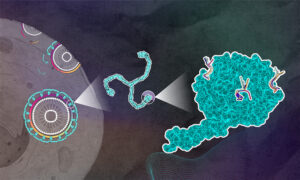
Picky proteins: understanding yeast adaptor protein selectivity
Scientists from EMBL Hamburg and CSSB have revealed key insights into the cellular process of clathrin-mediated endocytosis.
SCIENCE & TECHNOLOGY2024
science-technology
Showing results out of

Scientists from EMBL Hamburg and CSSB have revealed key insights into the cellular process of clathrin-mediated endocytosis.
SCIENCE & TECHNOLOGY2024
science-technology
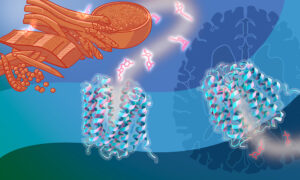
EMBL Hamburg scientists have gained molecular insights into how we absorb vitamin B1 – a mechanism with implications for disease and drug development.
SCIENCE & TECHNOLOGY2024
science-technology
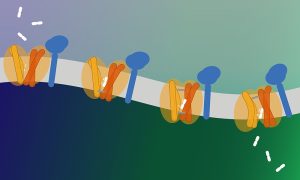
The group of Christian Löw at EMBL Hamburg and CSSB, and collaborators from the Christian-Albrechts-University Kiel and CNRS & Université Paris Cité worked together to reveal the structure and function of a previously unknown lysosome transporter, MFSD1.
SCIENCE & TECHNOLOGY2024
science-technology
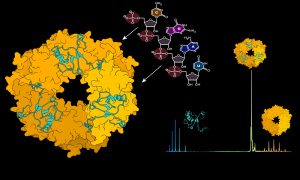
The Kosinski Group at EMBL Hamburg collaborated with other groups in Hamburg to reveal critical steps in Lassa virus ribonucleoparticle assembly and recruitment, and the crucial role played by RNA in in the Lassa virus life cycle.
SCIENCE & TECHNOLOGY2023
sciencescience-technology
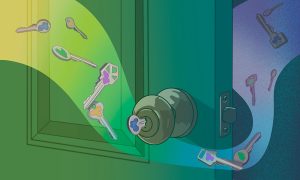
Promiscuity is critical for nourishment. How? This question lies at the focus of research by the Löw Group at EMBL Hamburg. Using structural biology methods, they explore how specialised molecules located in the cell membrane allow cells absorb nutrients from their environment.
EMBLetc2023
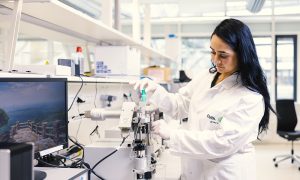
EMBL Hamburg’s Sample Preparation and Characterisation (SPC) Facility offers scientists access to almost all available biophysics technologies. The facility’s staff provides advice and support with experiments and data analysis. The facility is conveniently located just next to the EMBL…
LAB MATTERSSCIENCE & TECHNOLOGY2023
lab-mattersscience-technology
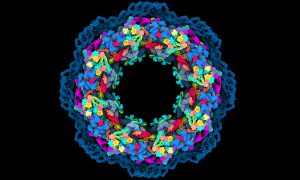
Scientists have solved several mysteries around the structure and function of a true molecular giant: the human nuclear pore complex. They created the most complete model of the complex thanks to combining the program AlphaFold2 with cryo-electron tomography, integrative modelling, molecular…
SCIENCE & TECHNOLOGY2022
sciencescience-technology
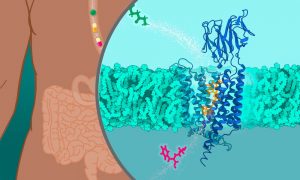
Scientists at EMBL Hamburg determined the molecular structure of Peptide Transporters 1 and 2. The findings will enable developing drugs that more efficiently pass from the gut to target tissues.
SCIENCE & TECHNOLOGY2021
sciencescience-technology
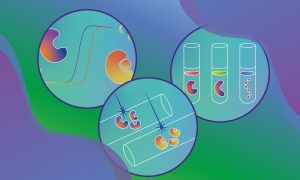
EMBL Hamburg’s Sample Preparation and Characterisation (SPC) Facility has released eSPC, an online platform for analysing data from biophysical experiments. The platform enables the scientific community to analyse data from different experiments without the need to travel.
SCIENCE & TECHNOLOGY2021
sciencescience-technology
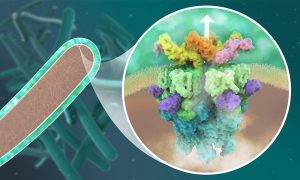
EMBL Hamburg’s Wilmanns and Kosinski groups have determined the detailed structure of a bacterial protein complex critical for tuberculosis infection.
SCIENCE & TECHNOLOGY2021
sciencescience-technology
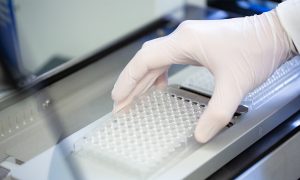
The Sample Preparation and Characterisation (SPC) Facility at EMBL Hamburg is one of the founding members of the Molecular-Scale Biophysics Research Infrastructure (MOSBRI). Within this new European initiative, the SPC Facility will offer services related to membrane proteins, protein complexes,…
CONNECTIONSLAB MATTERS2021
connectionslab-matters
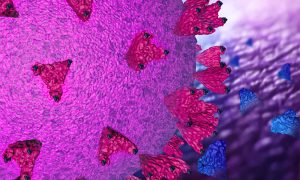
By screening hundreds of sybodies (synthetic mini-antibodies), scientists have identified one that might stop SARS-CoV-2 from infecting human cells. This work, which holds promise for treating COVID-19, was conducted by EMBL Hamburg and collaborators from the Centre for Structural Systems Biology…
SCIENCE & TECHNOLOGY2020
sciencescience-technology
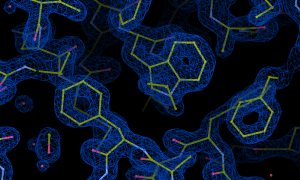
A group of scientists led by EMBL Hamburg’s Christian Löw provide insights into the molecular structure of proteins involved in the gliding movements through which the parasites causing malaria and toxoplasmosis invade human cells.
SCIENCE & TECHNOLOGY2020
sciencescience-technology
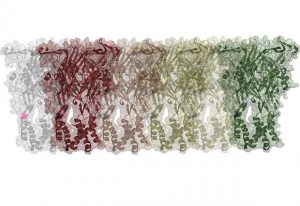
EMBL scientists collaborate to develop new protocol for screening membrane protein stability
SCIENCE & TECHNOLOGY2019
sciencescience-technology

EMBL Hamburg and Tara raise awareness of the risks of microplastic pollution and global infection
EMBL ANNOUNCEMENTS2019
embl-announcementsevents
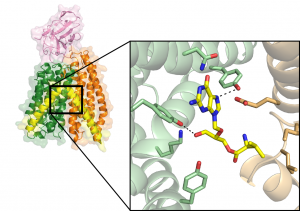
Scientists develop structural model that could help in the development of drugs with increased absorption rates
SCIENCE & TECHNOLOGY2019
sciencescience-technology
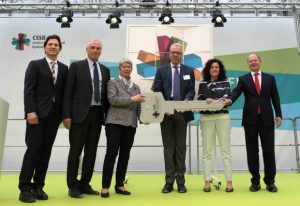
Inside the Centre for Structural Systems Biology
SCIENCE & TECHNOLOGY2017
sciencescience-technology
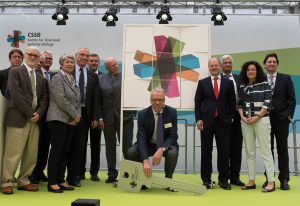
On 29 June, at a ceremony in front of 700 guests, the Centre for Structural Systems Biology (CSSB) in Hamburg, was officially opened. At the event on the Deutsches Elektronen-Synchrotron (DESY) Campus in Hamburg, Helmut Dosch, Chairman of the DESY Board of Directors, presented Head of EMBL Hamburg…
CONNECTIONSLAB MATTERS2017
connectionslab-matters
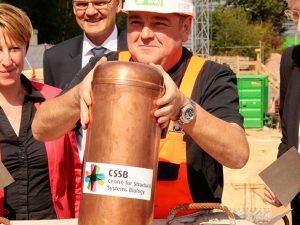
Research building for interdisciplinary Centre for Structural Systems Biology (CSSB) takes shape.
CONNECTIONS2014
connectionsevents
No results found